Short trip to Alsace, France, incl. dinner by a 2-star Michelin chef
A great stay at Hotel Le Chambard in picturesque Kaysersberg:
Overview
About Alsace
In Alsace, it is almost all about wine. The Alsatian history of wine-making goes back a long time. Nowadays, wines here are mostly white, due to the cooler climate. They produce some well-known dry Riesling here along with Muscat, Tokayer, Pinot Gris, Pinot Blanc, and Gewürztraminer (the latter goes well with foie gras or sweet-salty food). My personal favorite is Crémant d’Alsace, a delicious sparkling wine, made the same way as Champagne (bottle fermentation).
In terms of food, Alsatian cuisine is heavy, as potatoes and spaetzle, some kind of pasta, are often served with meat, cheese and cream. A local’s favorite is choucroute or sauerkraut, a fermented cabbage, served with cured meat. Another popular dish is tarte flambée or flammekueche, some kind of thin pizza topped with crème fraiche, onions and bacon.
Regarding architecture, Alsace boasts its own specific style of half-timbered houses made of much wood (abundant in the area) and little stone (not so common here). While the structure of the houses is resistant and flexible, it is neither symmetric nor necessarily aesthetic. Nowadays, many houses are restored, often with colorful ornamented facades, which gives them a new (and attractive) appearance.
Kaysersberg, northwest of Colmar, is one of the finest wine-growing areas in Alsace. It is small (less than 5,000 inhabitants), dominated by a castle, lovely and unbelievably touristy. In the afternoon, on weekends, cars are not allowed in the heart of the village, neither driving through nor parking. Instead, crowds of visitors roll through the streets.
The cute town is filled with historic buildings and other medieval sites around the Ste Croix church and the fortified bridge. Stroll through the cobbled streets of the historic center full of charm and gaze in wonder at half-timbered houses with geraniums in the window.
Hotel Le Chambard
Since 2000 this 18th-century hotel, at the edge of the historic old town of Kaysersberg, is run by Olivier Nasti and his wife Patricia. The property is composed of several buildings, all connected to each other through crooked corridors.
In 2011, it underwent a renovation, and the result was a contemporarily styled accommodation, where rich colors play an important role, deep red and beige-yellow for the exteriors as well as purple and orange for the interiors (the property in red in the photo).
When entering the premises of this five-star establishment, there is the reception on one side and the kitchen on the other one, fully visible through a large window.
Opposite the reception desk there are two restaurants, on the one hand the convivial and rustic Winstub, on the other hand the Michelin two-starred gourmet spot, which I will talk about later. My husband and I were very warmly received and ushered to our room. The friendly employee let us also known that we could help ourselves from cake and drinks from the table in the entrance area, what a nice touch!
Out of the 32 rooms we had opted for a Superior Deluxe Room which is larger (45 sqm) than the standard Chambard Room with a surface of 25 – 35 sqm. The room we had
was comfortable, well-appointed and had a spacious bathroom
however with no view to speak of.
Other facilities on site are a small spa and a likewise common room. There is also a rustic bar (Marius Bar) full of hunting memorabilia.
The host, Olivier Nasti, is a passionate hunter and this shows clearly!
One sad detail regarding Hotel Le Chamard has emerged in my researches for this post, one that I only learnt after my stay here … Antony Bourdain, the celebrity chef and television host, took his life here in one of the hotel’s rooms in the previous year when staying in Kaysersberg to shoot an episode for his CNN show “Parts Unknown”. Dear Anthony Bourdain, rest in peace, you inspired so many people to pursue their dream!
But now to the most important part of our stay, the dining experience at La Table d’Olivier Nasti. We had made use of a special offer called “Star Stay” which included a night in a double room, a 5-course dinner at the signature restaurant and breakfast. The whole weekend (room, breakfast and dinner including wine pairing) cost us 880 €, which delivered good value for money in our opinion.
Restaurant La Table d’Olivier Nasti
When heading to dinner and entering through the frosted glass door leading to the restaurant, I was awestruck by the design aesthetic of the dining room, which was freshly redesigned the year before. Right by the entrance, there is another hint of the chef’s passion for hunting, a huge wooden deer, and it is not the only one! Antlers hang from the ceiling, on thin, almost invisible threads that give the hunting memorabilia the impression of floating free in the room. On the tables and in small showcases on the paneled walls there is a variety of birds. All this is nice and not – as you might expect – tacky at all. Otherwise, the place is thoroughly contemporary, kept in white alternating with wooden elements. And a feature that we liked very much is the seating, gorgeous swivel armchairs made of leather!
Olivier Nasti’s cuisine is contemporary yet rooted in the Alsace region. He received his first Michelin star in 2005, and his second in 2014. As the chef developed an intense love for game – he is a passionate hunter who does this all year round –, this heavy and rich meat is often part of his menus. This was also the case when my husband and I dined here. But let’s do first things first.
As we had booked a “Star Stay” (see previous paragraph), we could not choose what to eat but were served the 5-course menu “L’histoire” priced at 153 €. We were more than happy with this as we had secretly hoped that the chef had this in mind.
The start made a few tasty bites from the Alsace,
followed by the amuse bouche, which was an evergreen French classic, tarte flambée (see also in the chapter about Alsace). It was of course not the usual version but an inventive one, namely a deconstructed one. The toppings were worked into a creamy mixture, the dough was separate as thin sticks.
While it was flavorful, I found it a bit too rich, especially in light of what came next, and that was one of my favorite dishes, foie gras!
The goose that was used originated of course from Alsace, and it was arranged “in snow” in unison with “berawecka” (some sort of fruit bread) cream and tomme-style cheese (circular round cheese with earthy gray-brow rind and nutty taste), accompanied by bread sticks.
While it was a real treat, it was similar to the previous dish in terms of consistency (creamy and heavy). I would have preferred a different kind of an amuse-bouche preceding such a course.
Next was another dish that was not on the light side, the creamy egg of the season, in our case paired with pasta dough, sauce hollandaise and pickled chanterelles.
Once again, a feast for the tastebuds, but unfortunately, I was already quite sated at this point of time, at least when it came to creamy and rich food.
Luckily enough, the fish, arctic mountain char, complimented with snails, crayfish and parsley cream was the ideal course after a not so light beginning.
The cold-water fish was cooked to perfection and delivered – together with the seafood and the sauce – a complex taste experience.
Before the main course, the bread was brought in, and what a surprise, in the form of a typical gugelhupf – a sweet yeast pastry –, here of course a “normal” bread, a sourdough one, I suppose, served with butter in three versions.
In any case, it was a true feast.
Then it was time for the mentioned deer, noisette of venison, hunted by the chef, together with chanterelles, fir tree buds, wild bog bilberries and a giant “kaeskneplfe” Alsatian, a kind of spaetzle with white cheese. The meat, accompanied by a port wine sauce, was a perfection, beautifully cooked, amazingly tender and bursting with flavor!
The dinner was ended with a pre-dessert, a berry sorbet paired with crème fraiche,
which tuned the palate in to the main event, a sumptuous sweet creation made of Guanaja chocolate, meringue and soft salted caramel.
What a hit!
The dinner was rounded up with a few petite-fours,
which did not disappoint either.
All in all, a memorable culinary experience, although not exactly light food, but after all we are in France!
Breakfast
My husband and I had once again the chance to take in the beautiful dining room, as the breakfast – at least in our package – was also served here, and it would have been a pity to not have it! When entering the mainly empty space, there were almost all tables set for breakfast, and the eye-catcher here was a generously sized “gugelhopf”,
this time in the original version – not as bread as the night before. And there was a note attached that you might take it along with you in case it was too much. And we did not even try it but saved it for later as there was a large selection of the most delicious breakfast items, be it either brought to your table
or on a small buffet to help yourself. After an outstanding breakfast, the friendly server wrapped the “gugelhopf” to take it out and off we went, casting a glance back to the jewel of a dining room.
Before coming to an end, I have suggestions for you how to walk the beautiful wine growing area of Kayersberg and surroundings.
Walk the vineyards
I have two walks for you, one is short, starting right behind the hotel and mainly consists of walking up through the vineyards to the castle that sits over the town.
This takes about half an hour and includes a tower climb – if you are in the mood for it – to enjoy the nice view of Kaysersberg.
The other one is longer, a bit less than two hours, yet easy. and brings you to two neighboring villages, Kientzheim (part of Kaysersberg-Vignoble) and Ammerschwihr. While these towns do not necessarily belong to the must-dos in the region, they are charming places and worth going to.
The walk starts also behind the hotel, this time not in the direction of the castle but in the other direction, first along the vineyards and then through them. Not long, and you get to Kientzheim,
which you traverse. At the end of it, you come to a busy road. Cross it and head towards Ammerschwihr.
Once arrived, traverse it and look for signs indicating a walking trail back to Kaysersberg through vineyards and forest, which is a nice end to a varied walk.
Overall
Date of visit: August 2019
Pin it for later
The post A great stay at Hotel Le Chambard in picturesque Kaysersberg first appeared on Swiss Traveler

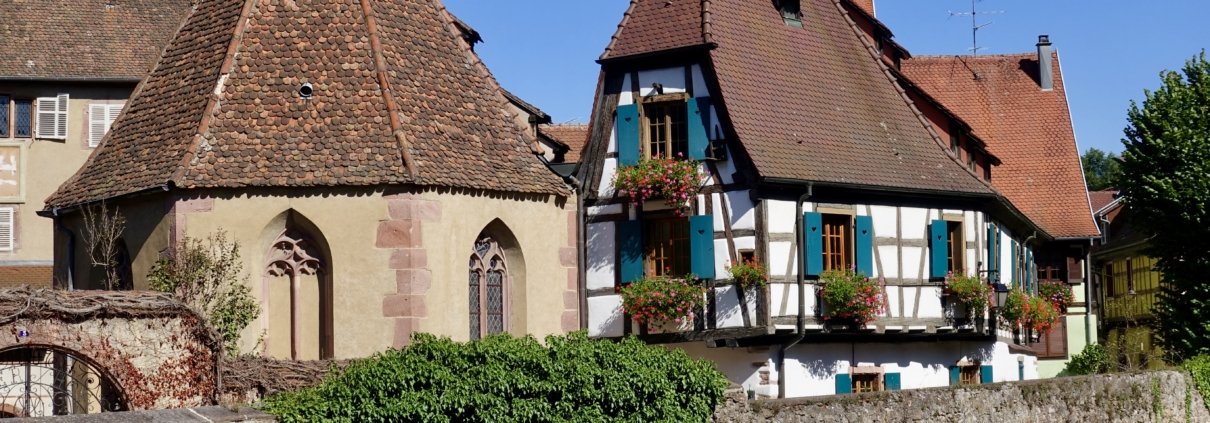
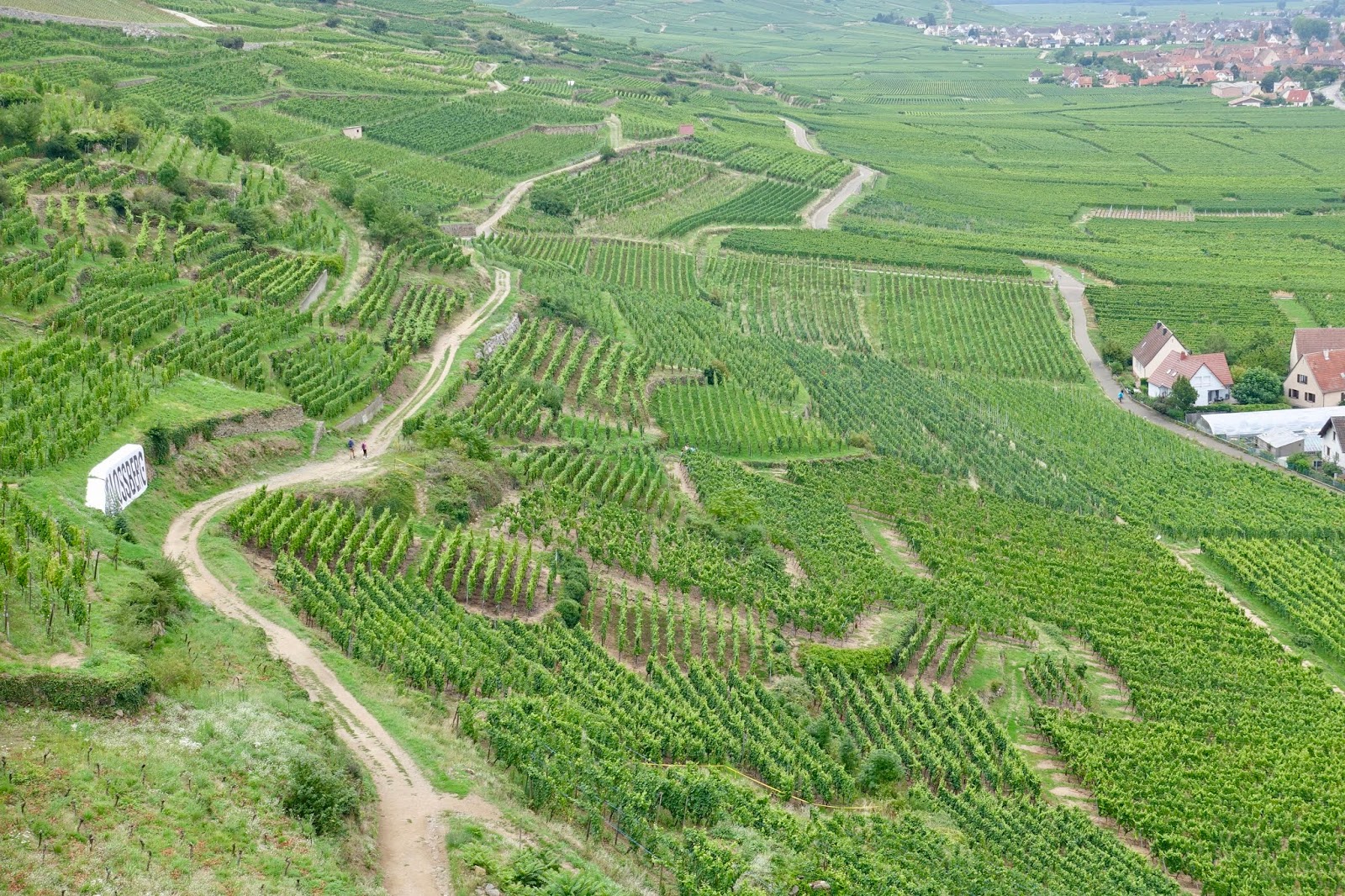
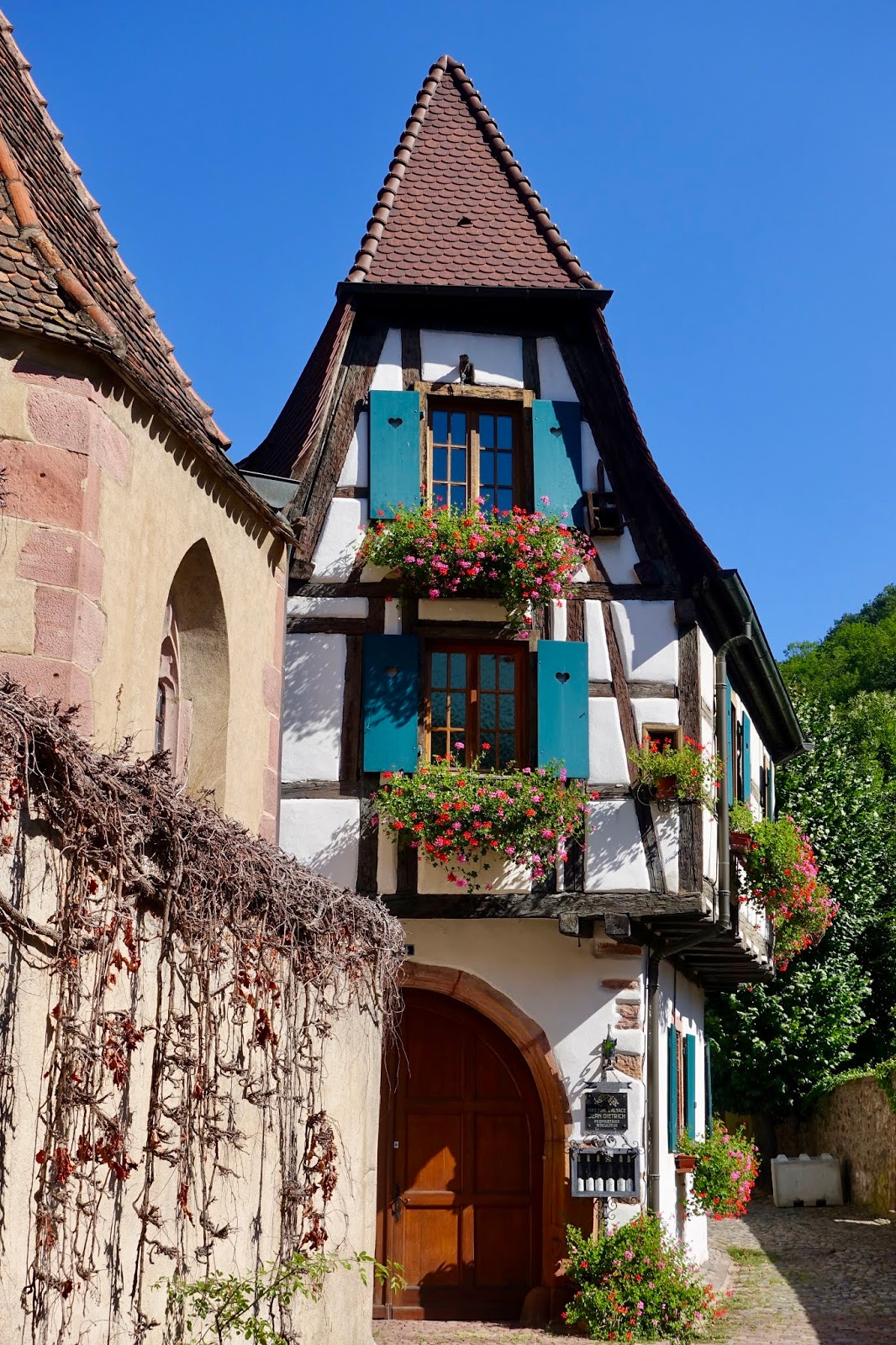
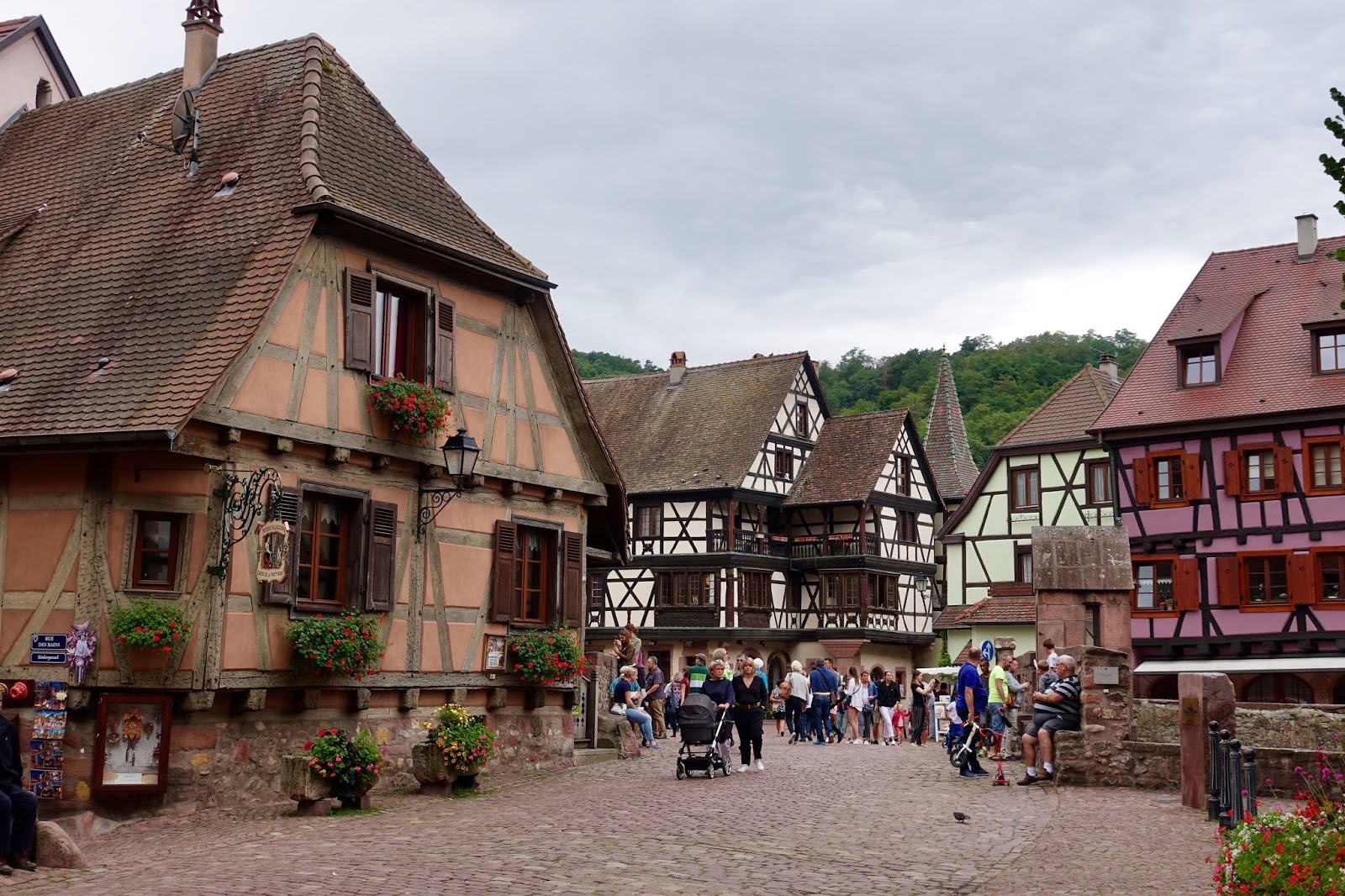
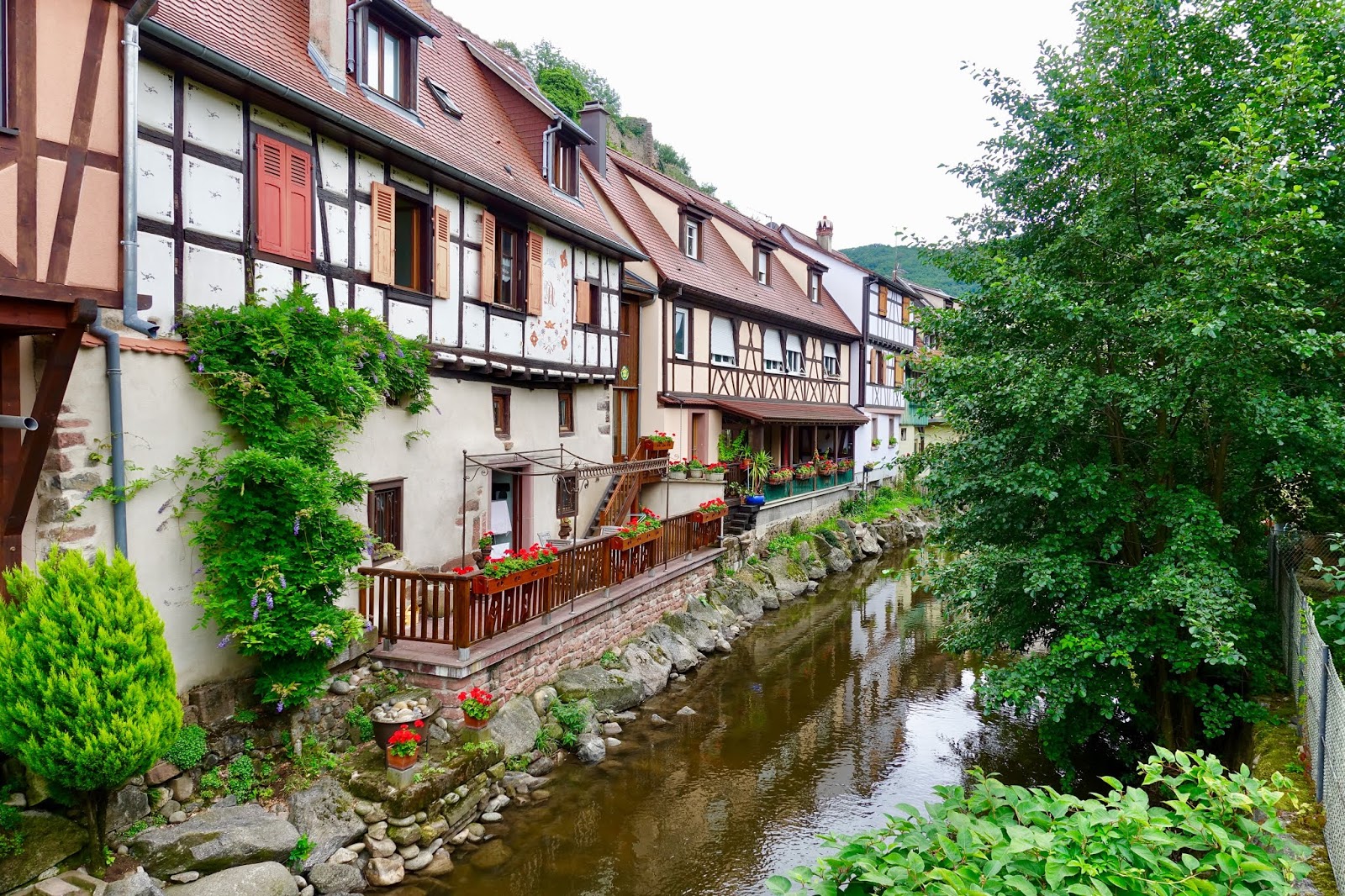
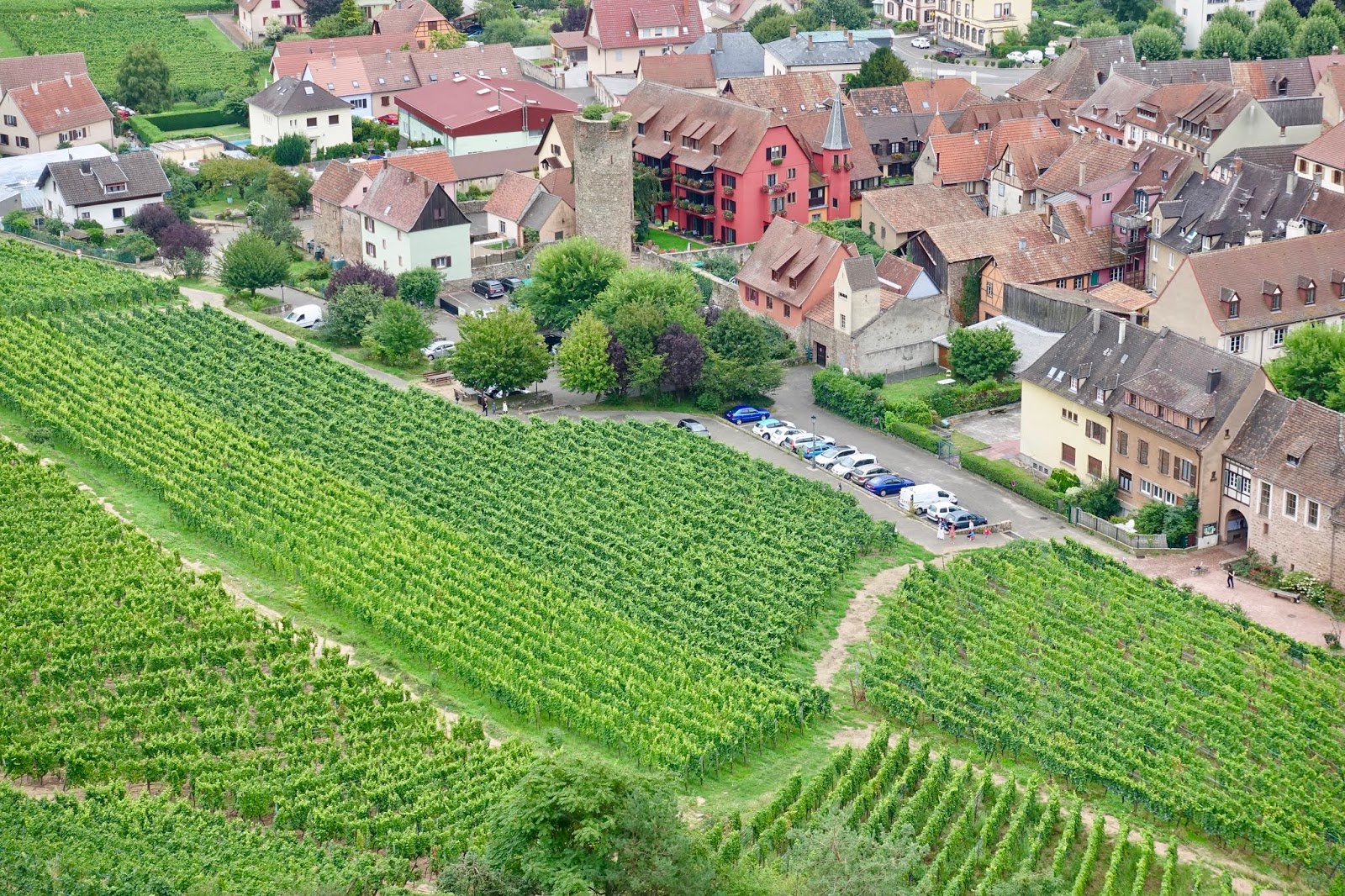
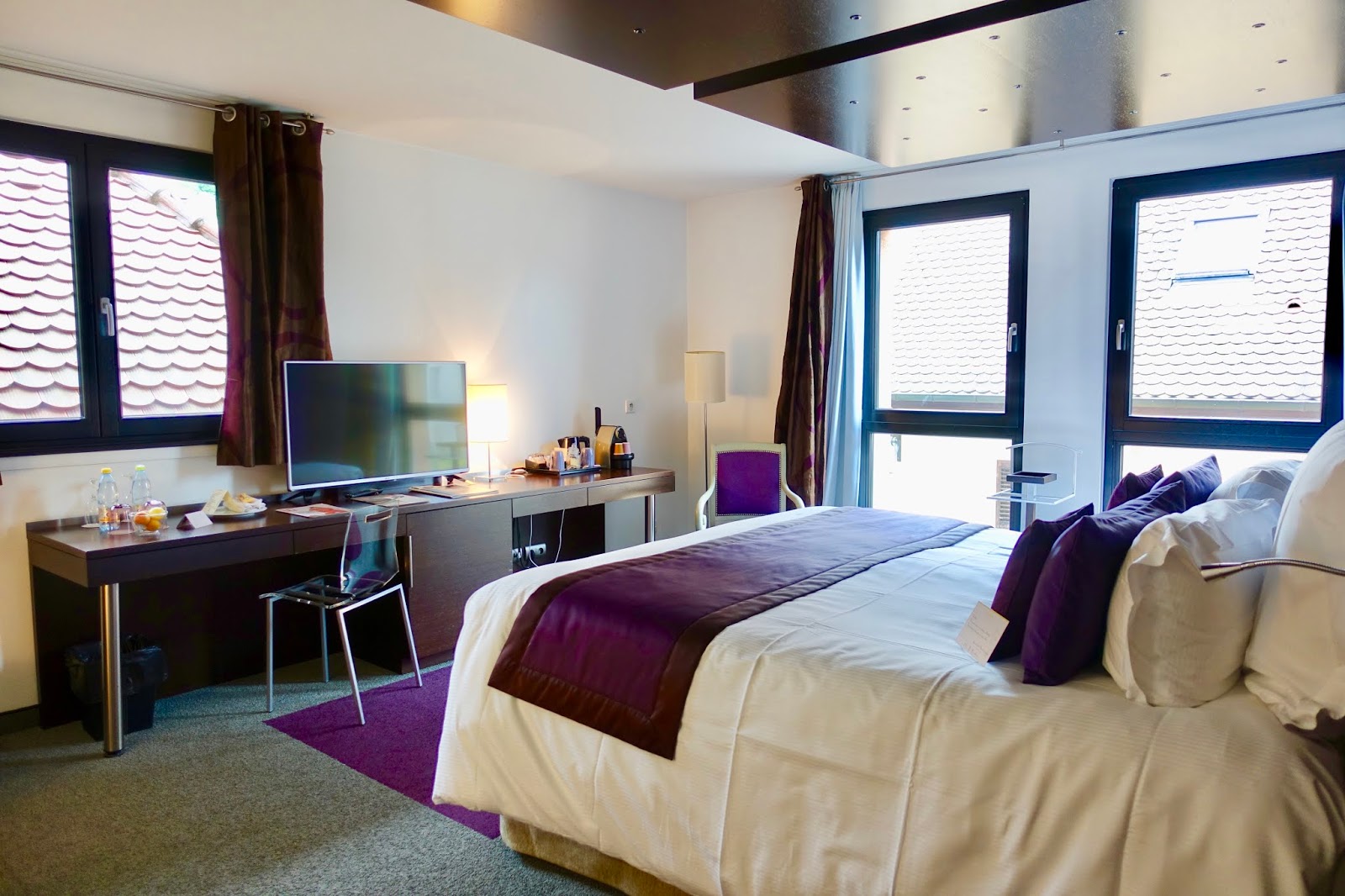
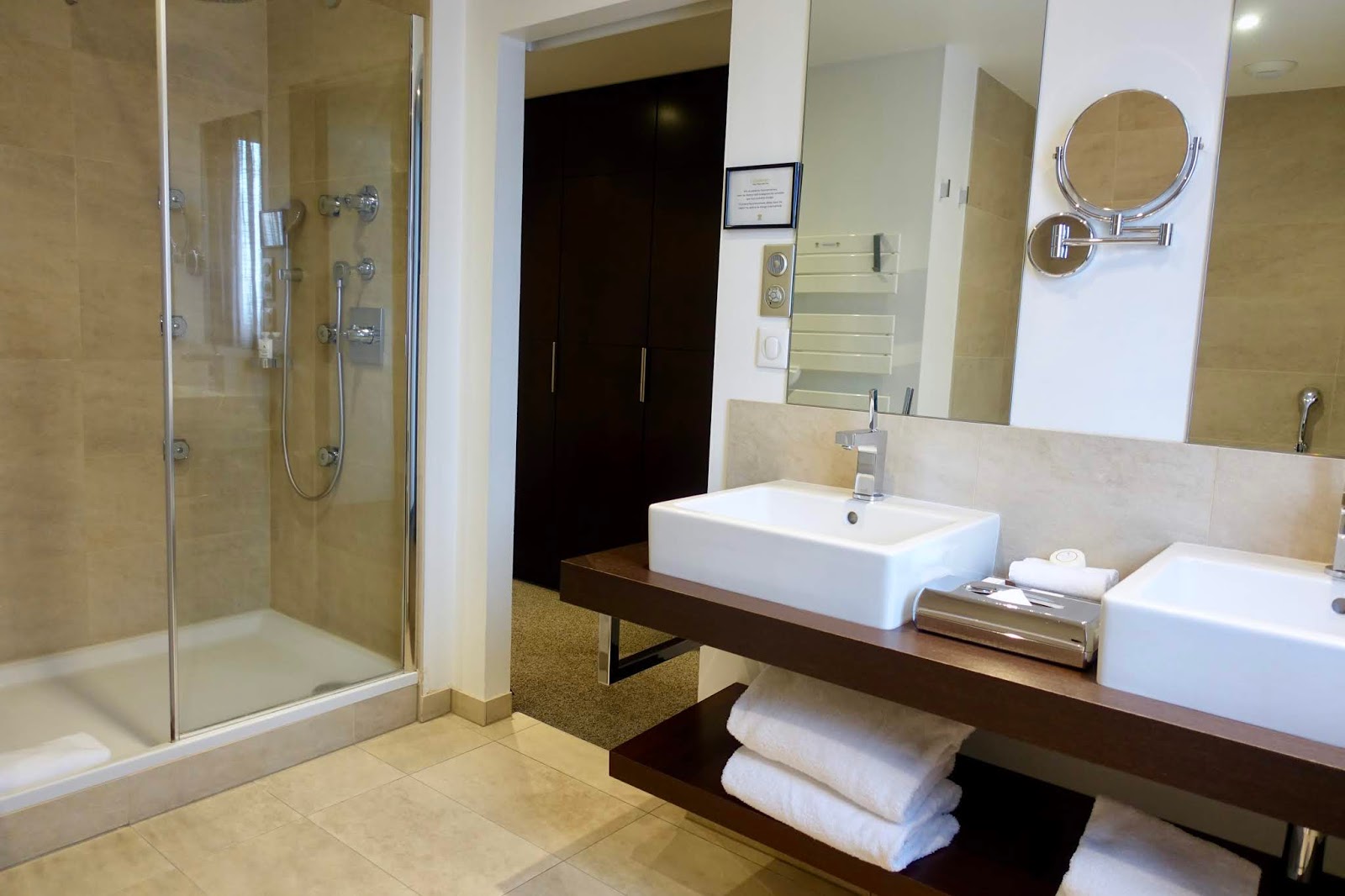
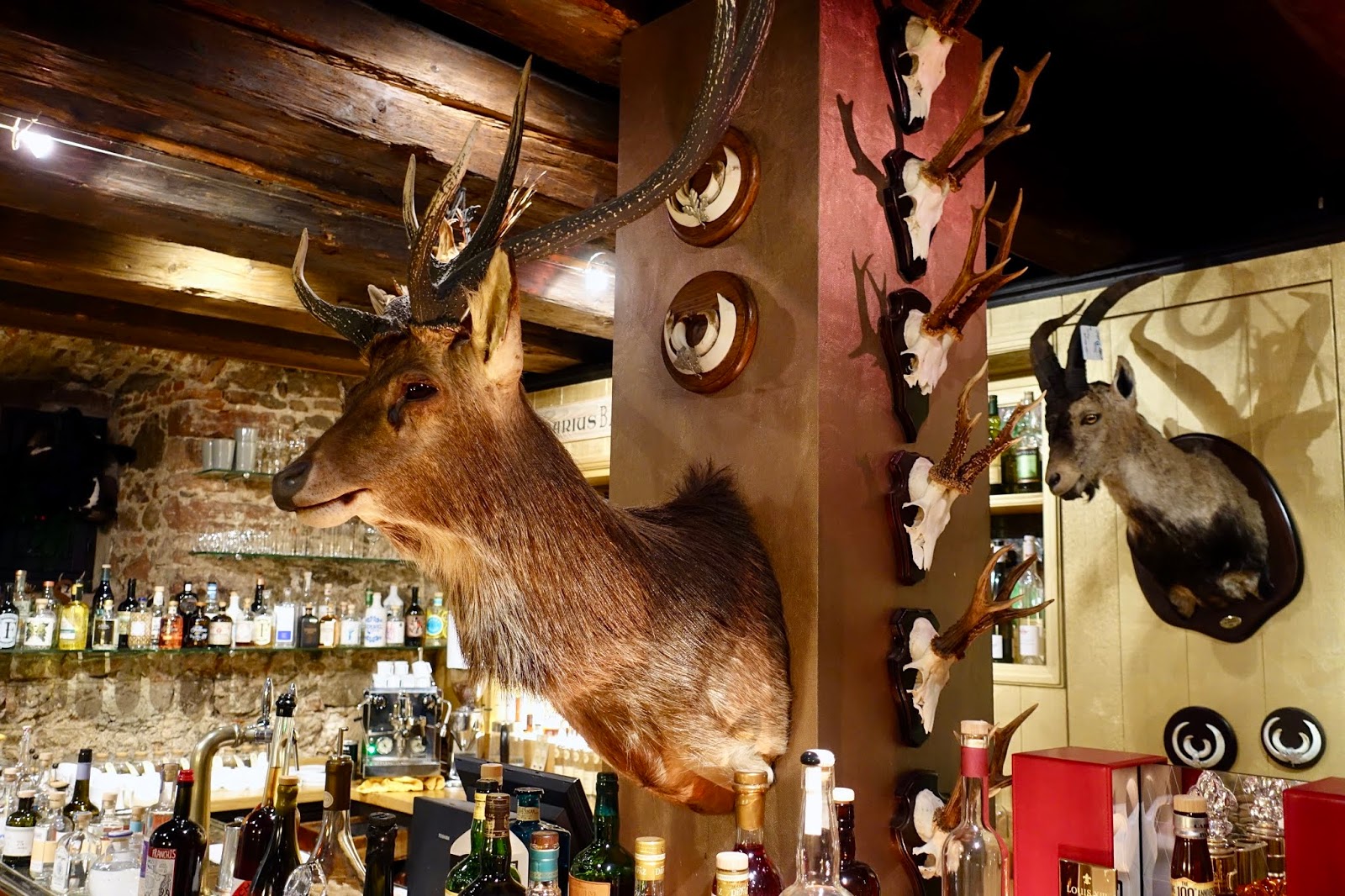


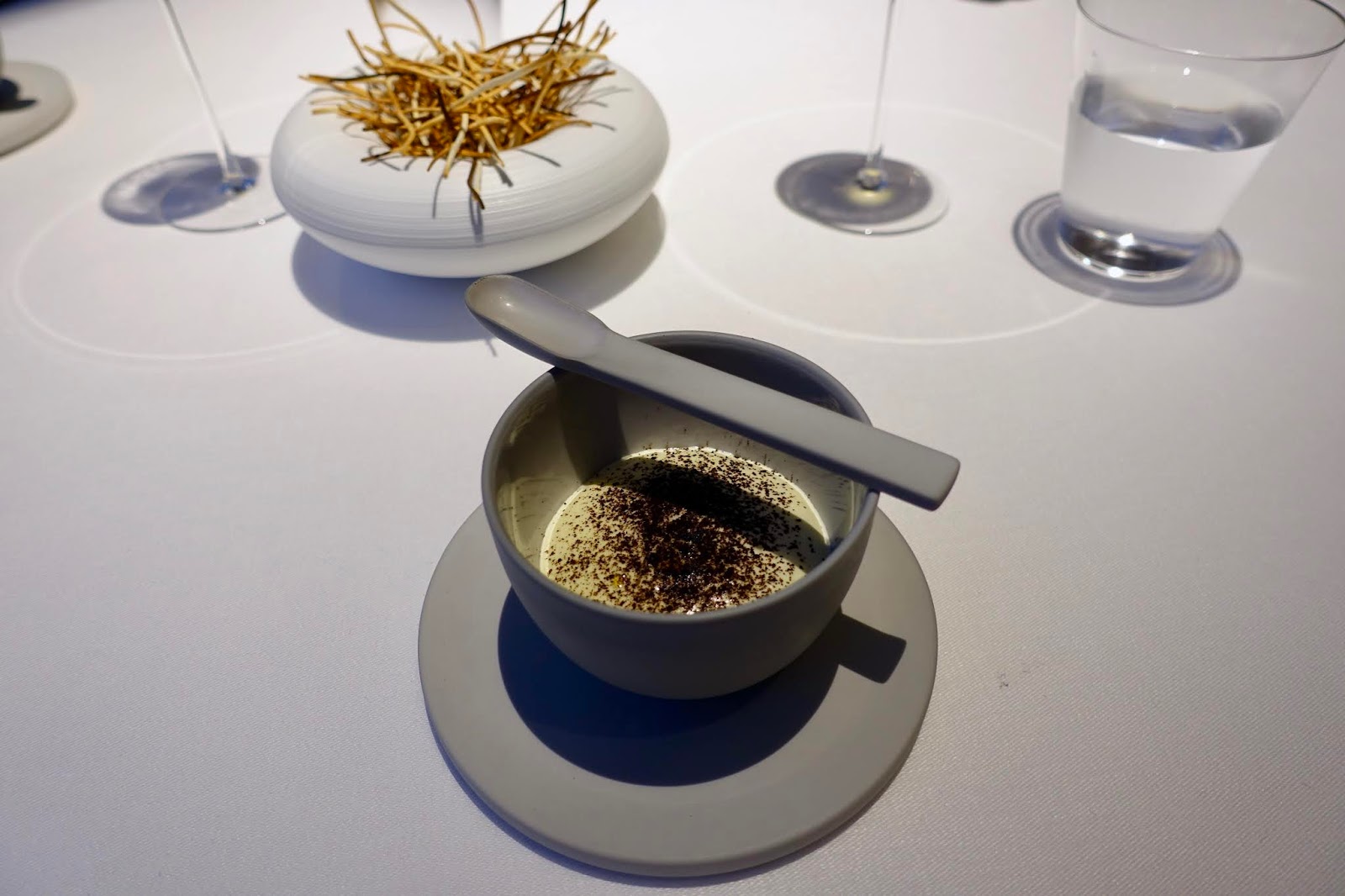
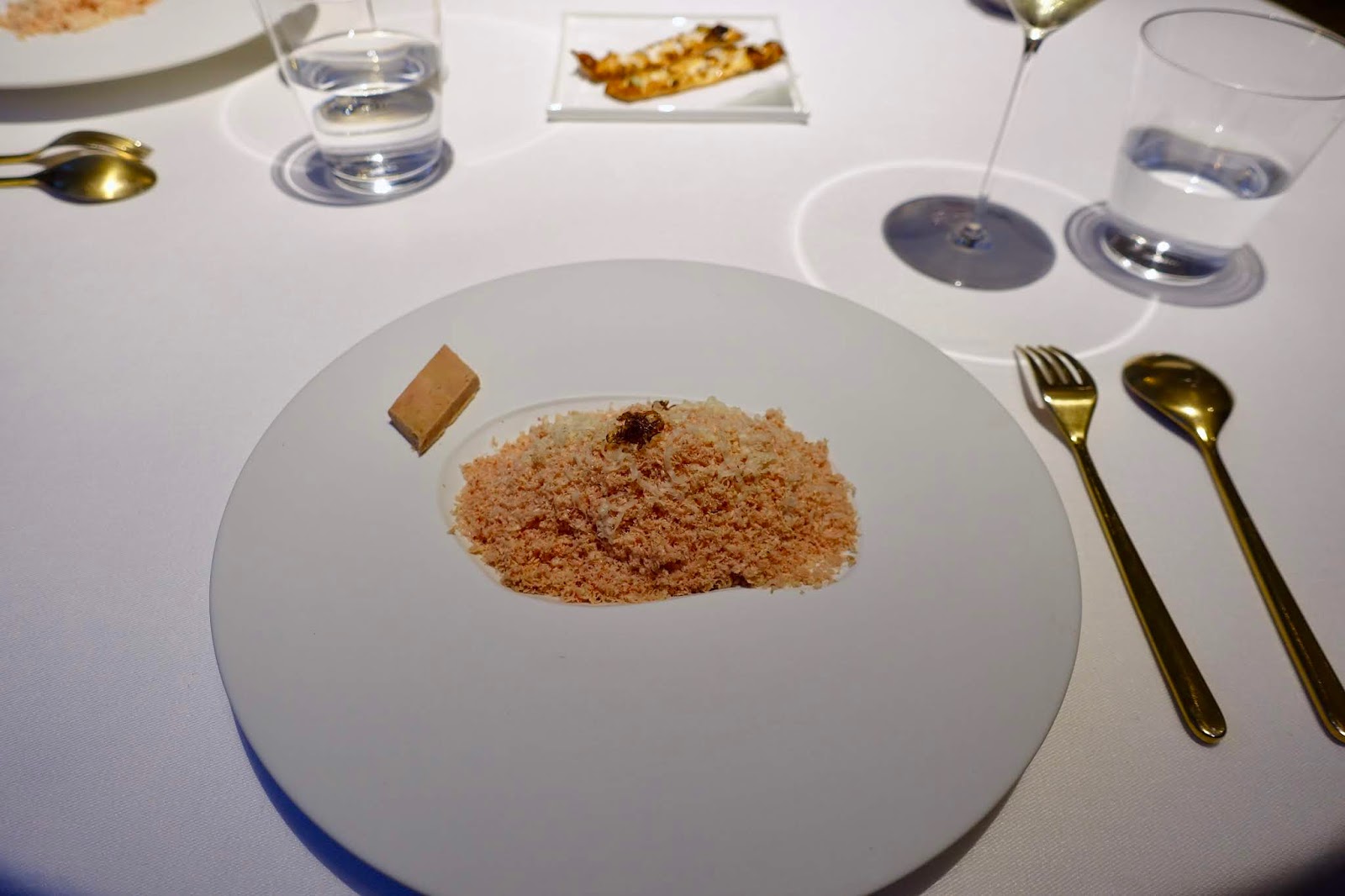
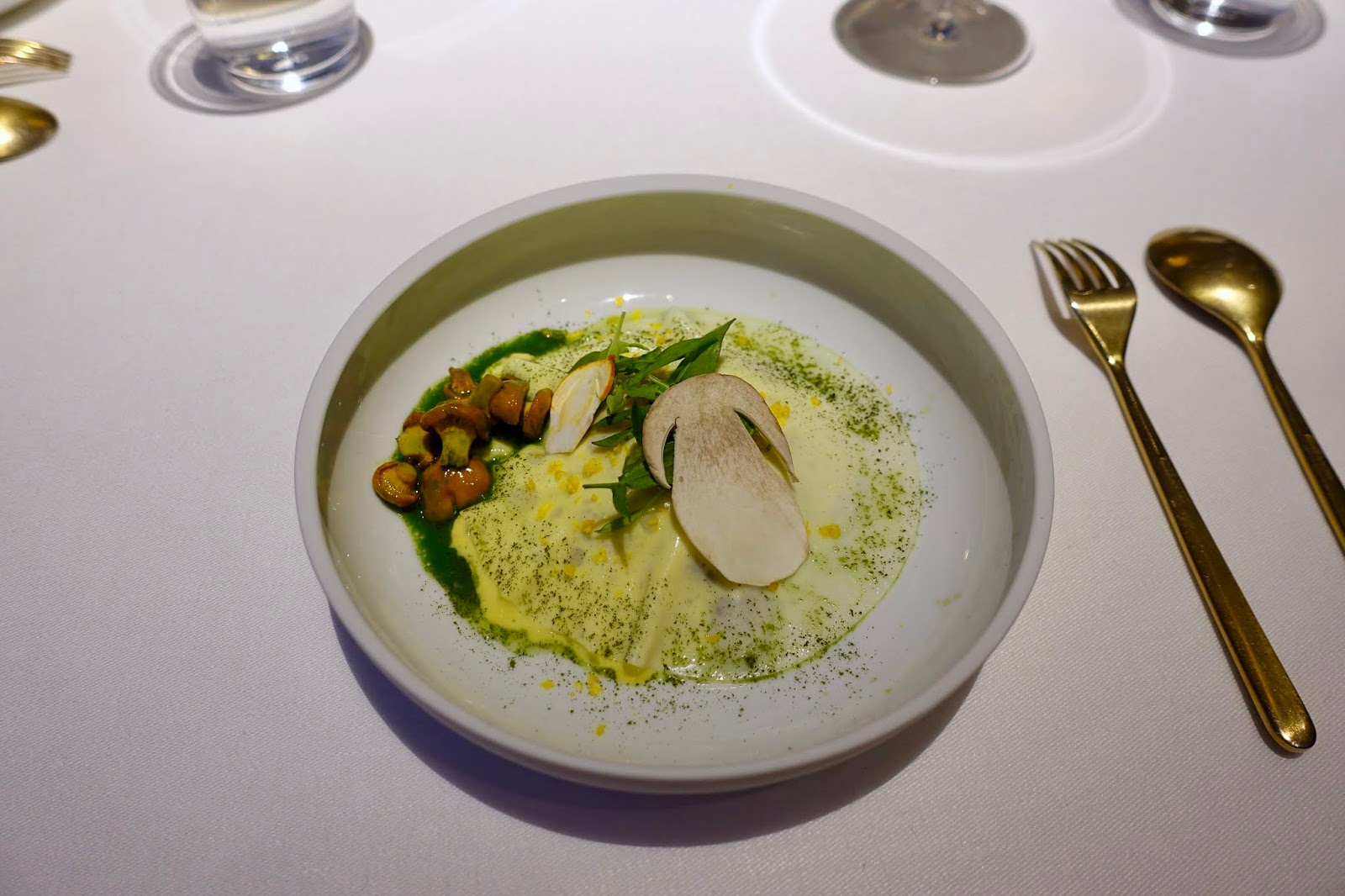
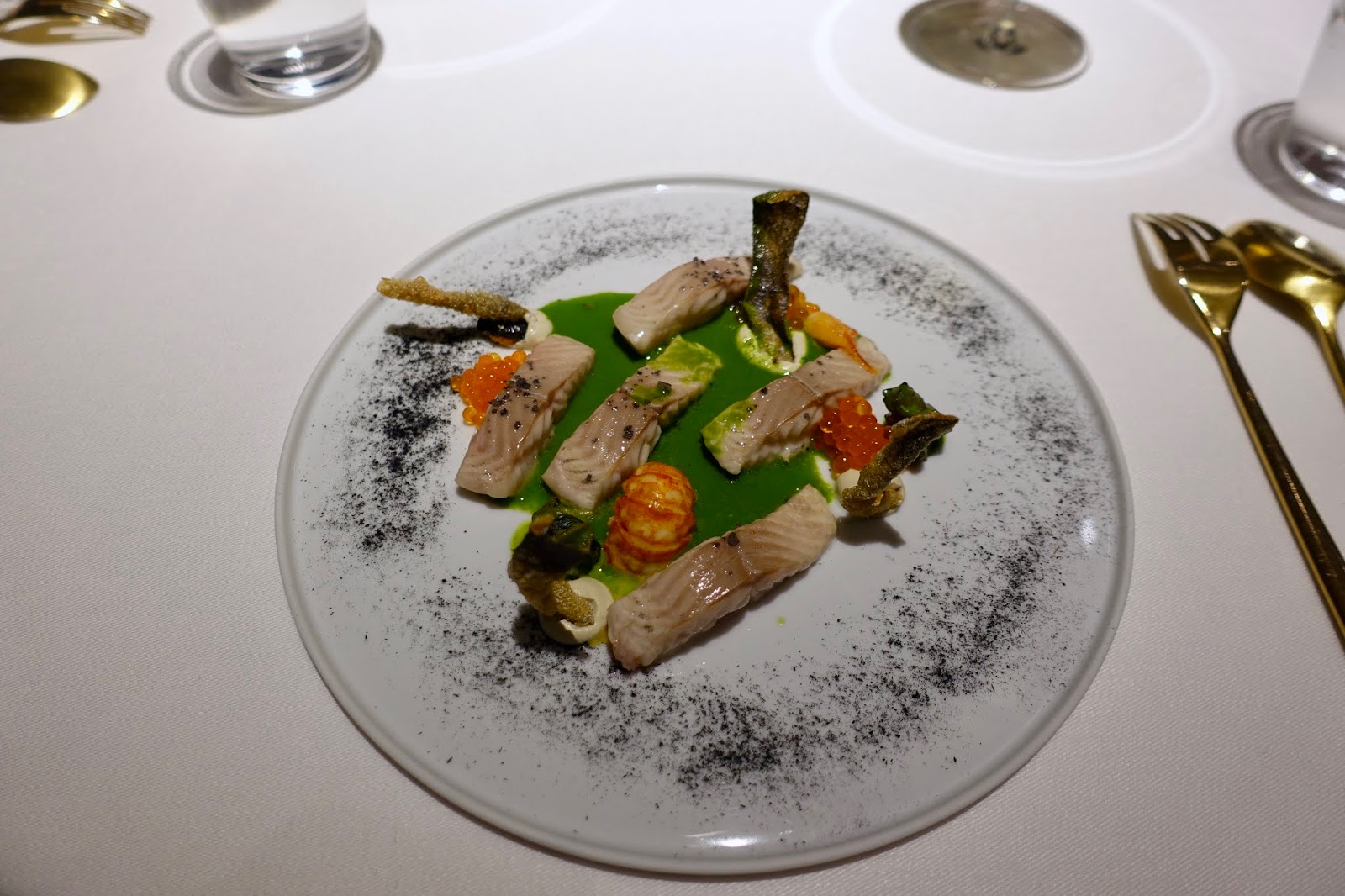
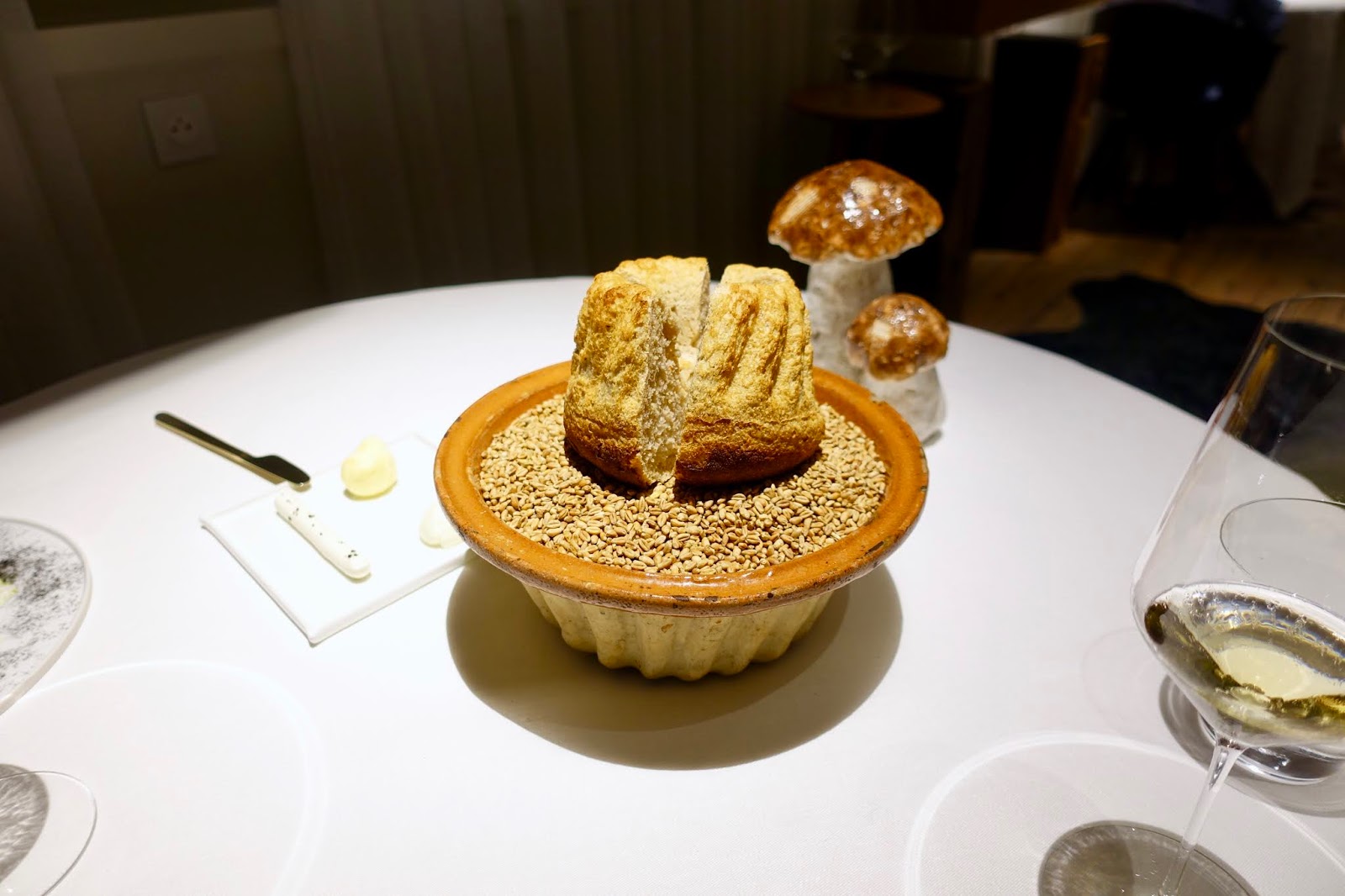
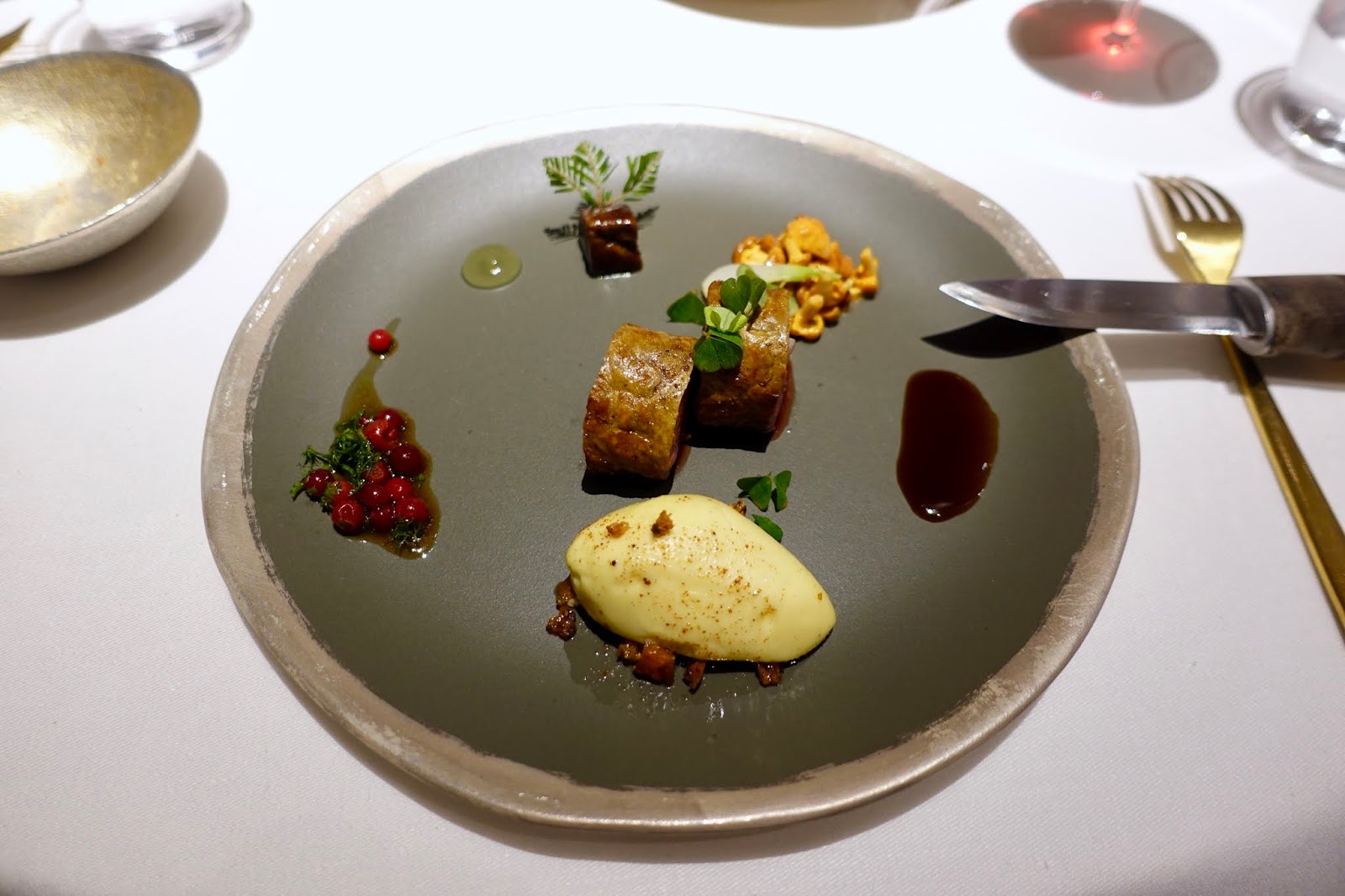
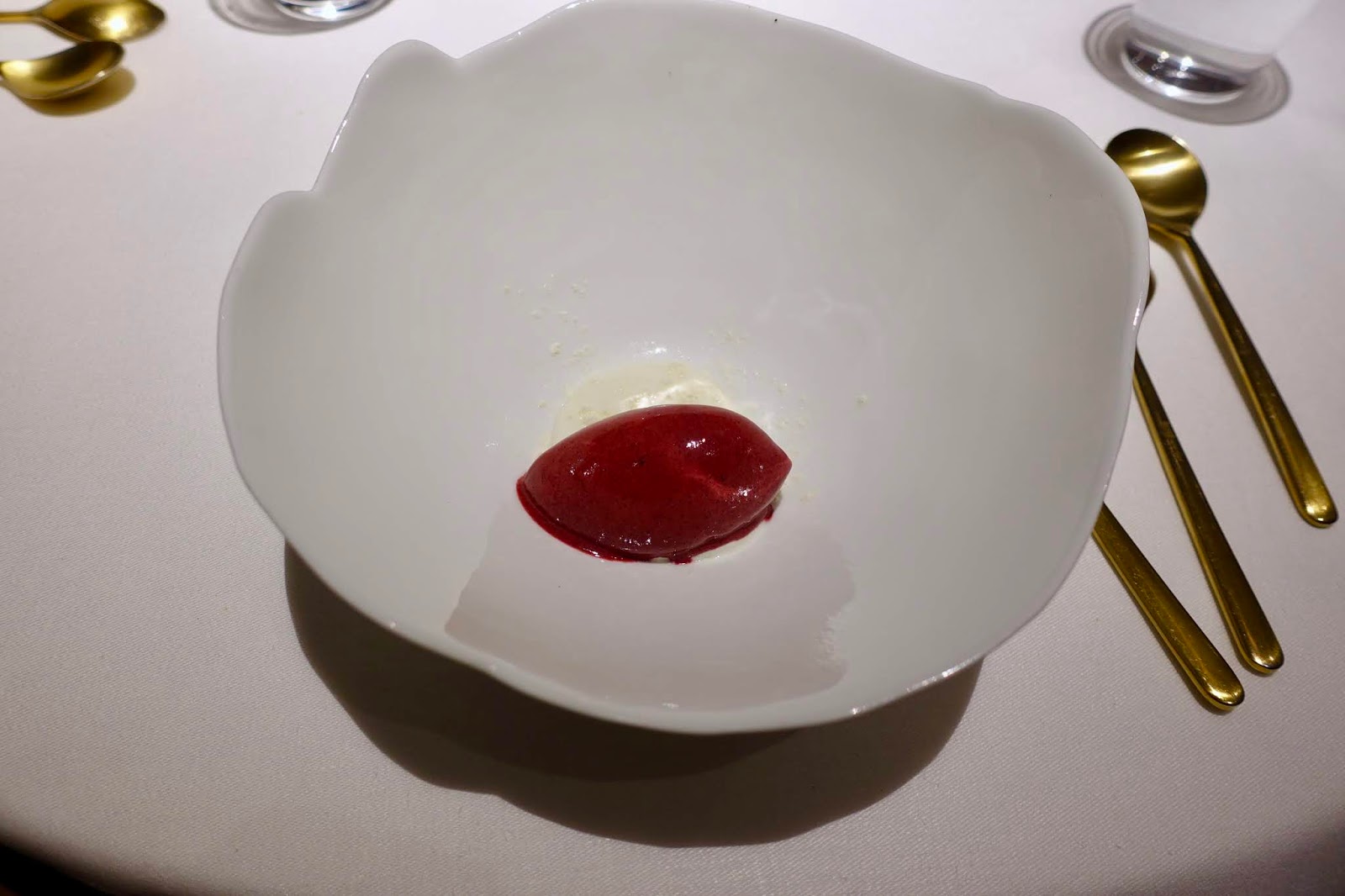
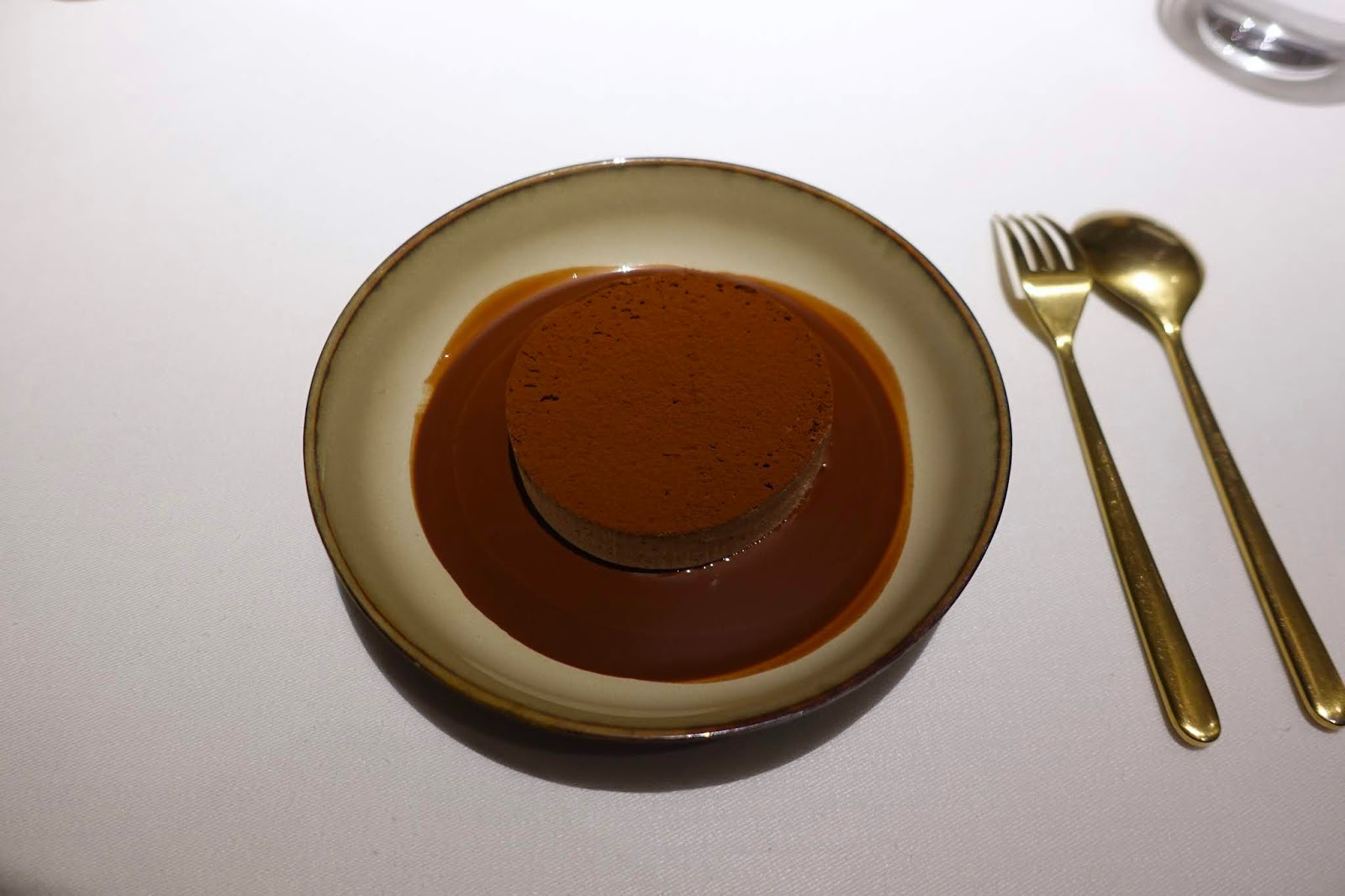
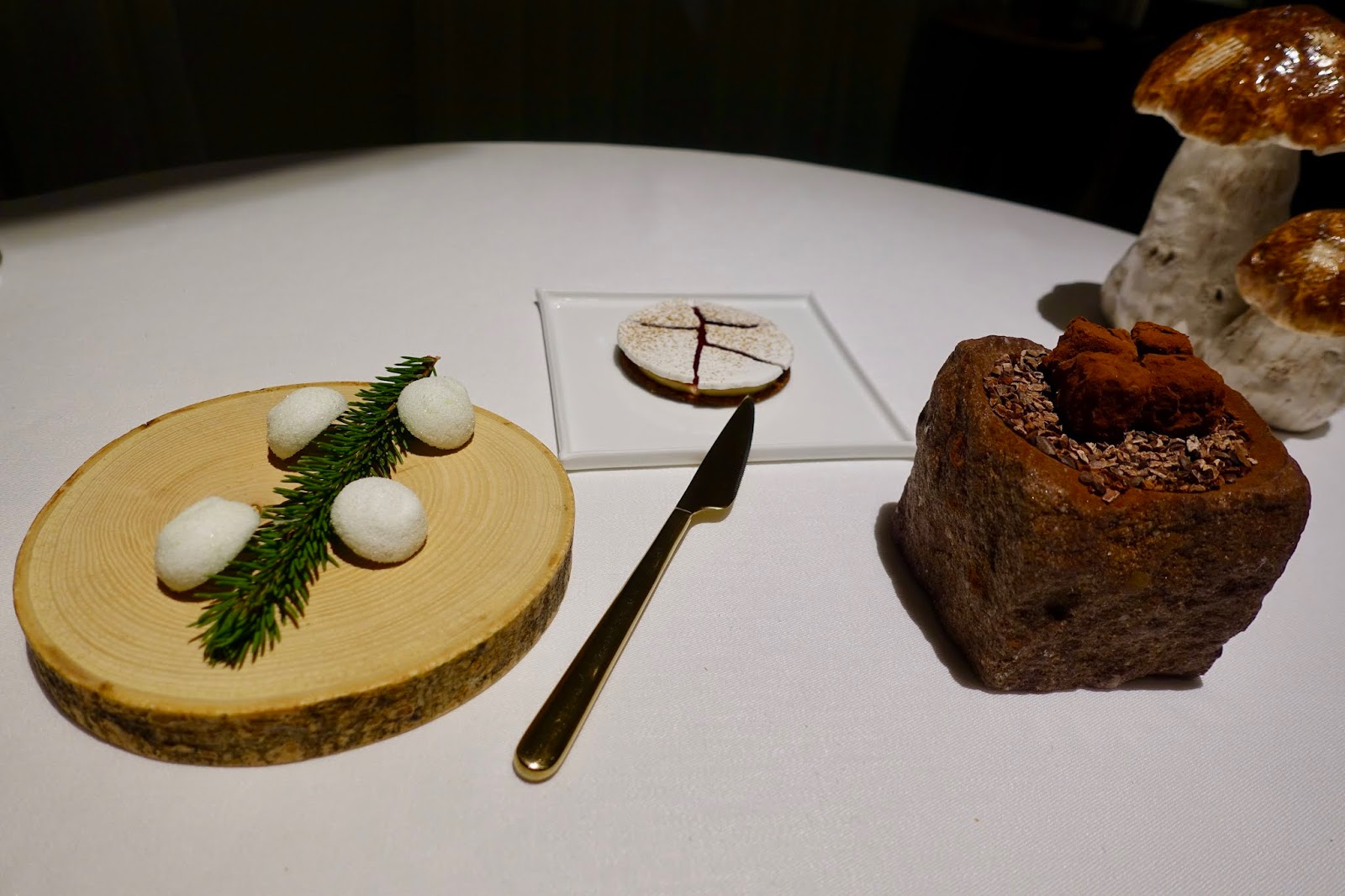
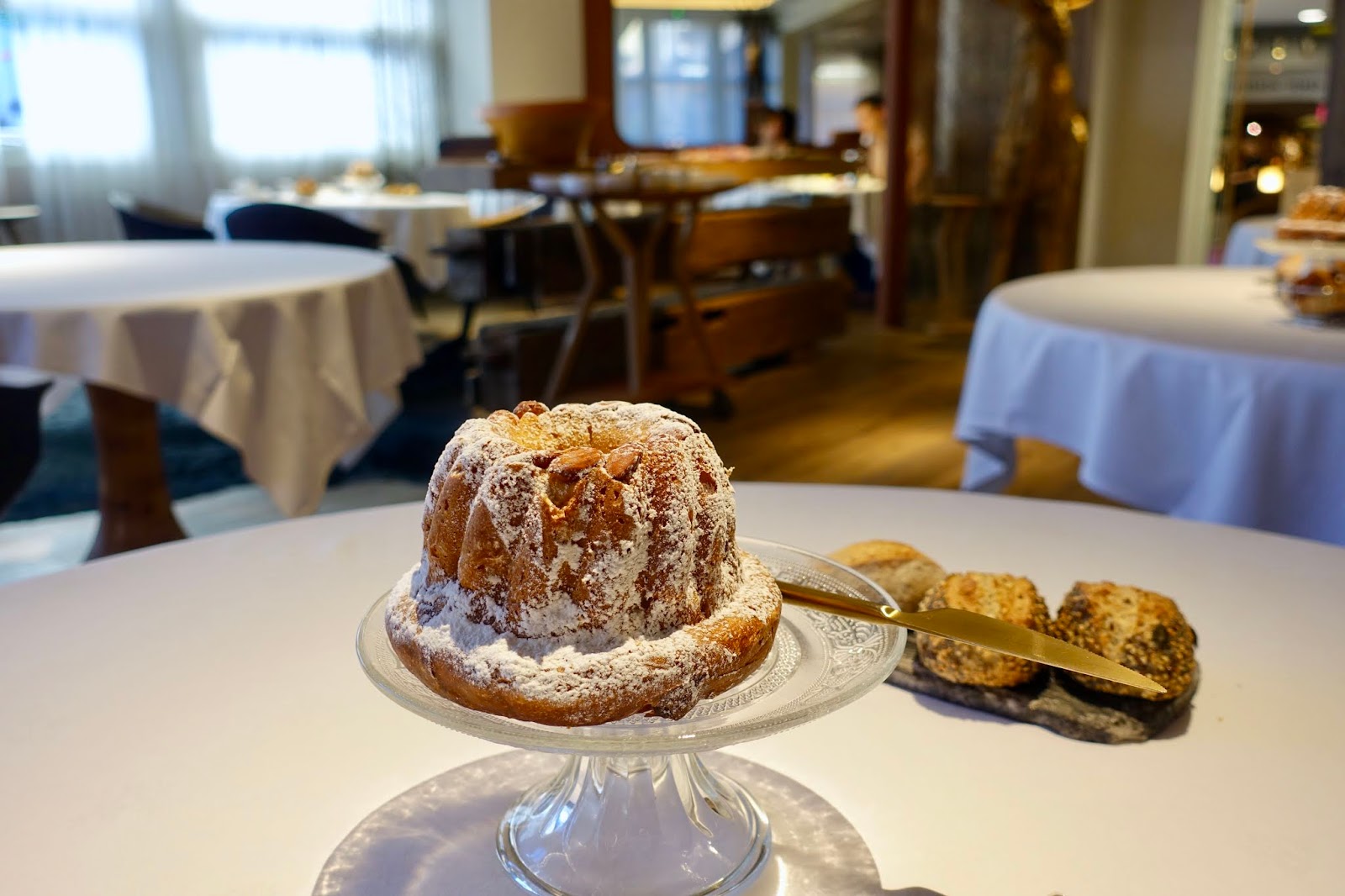
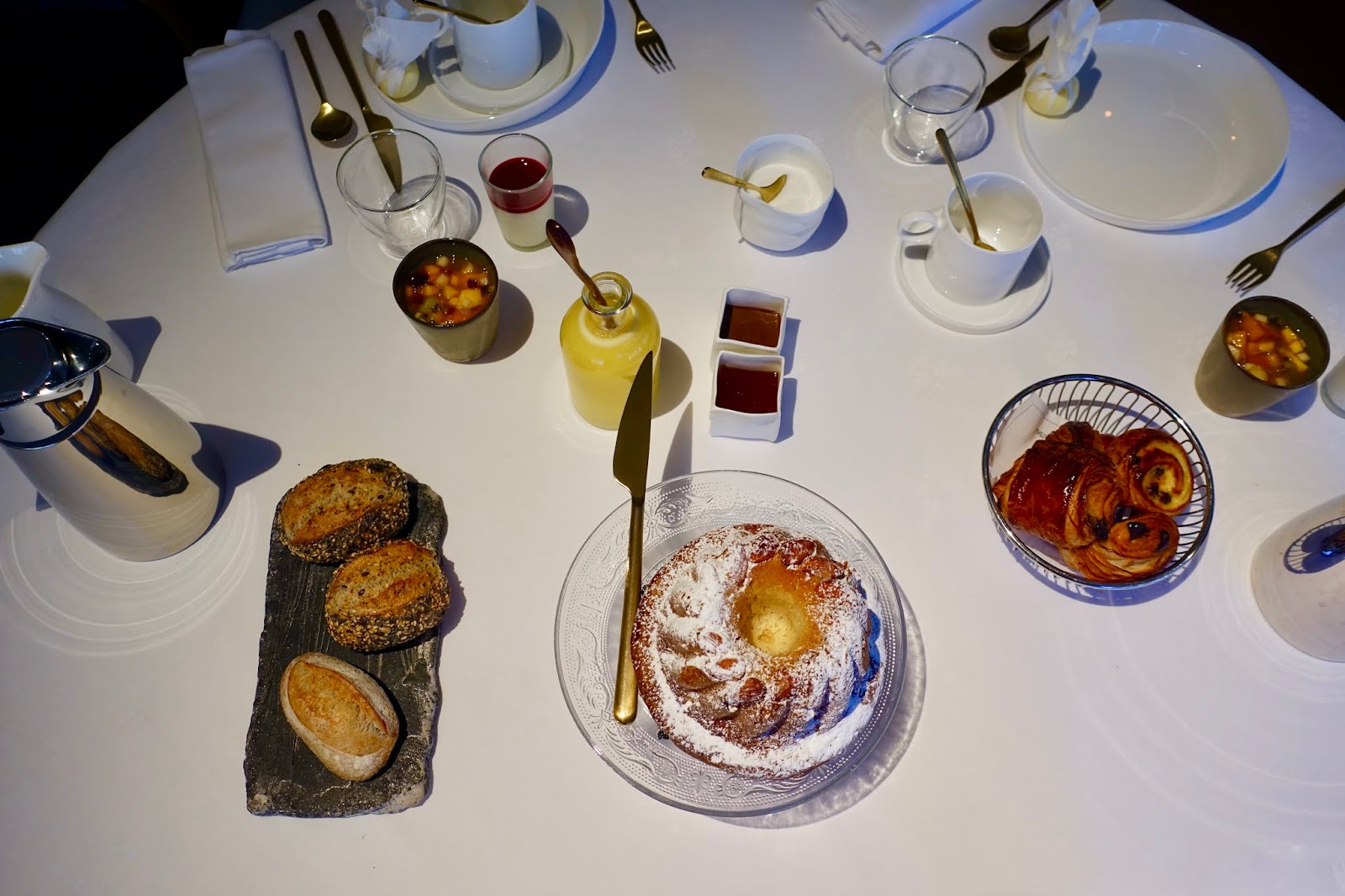
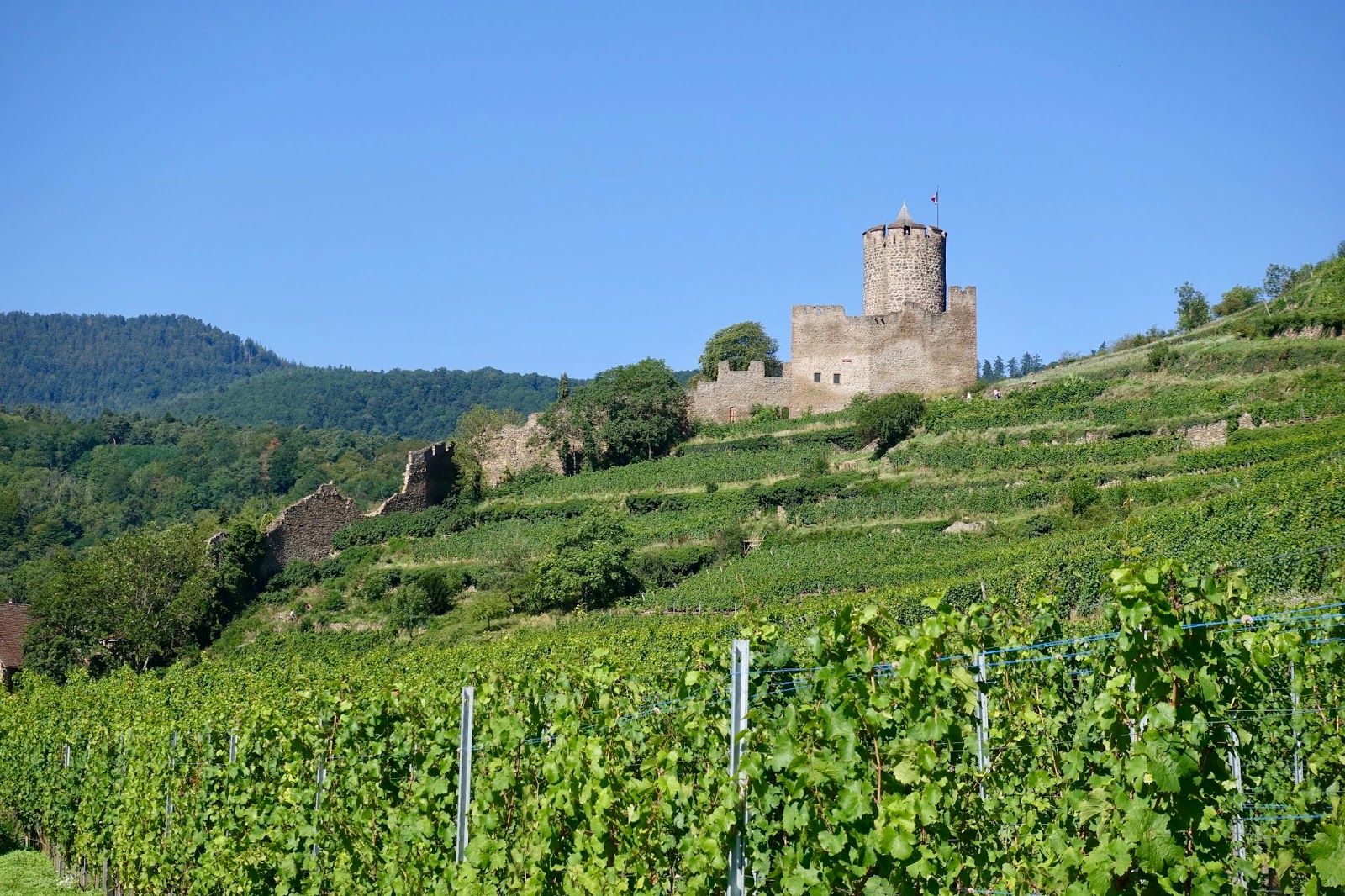
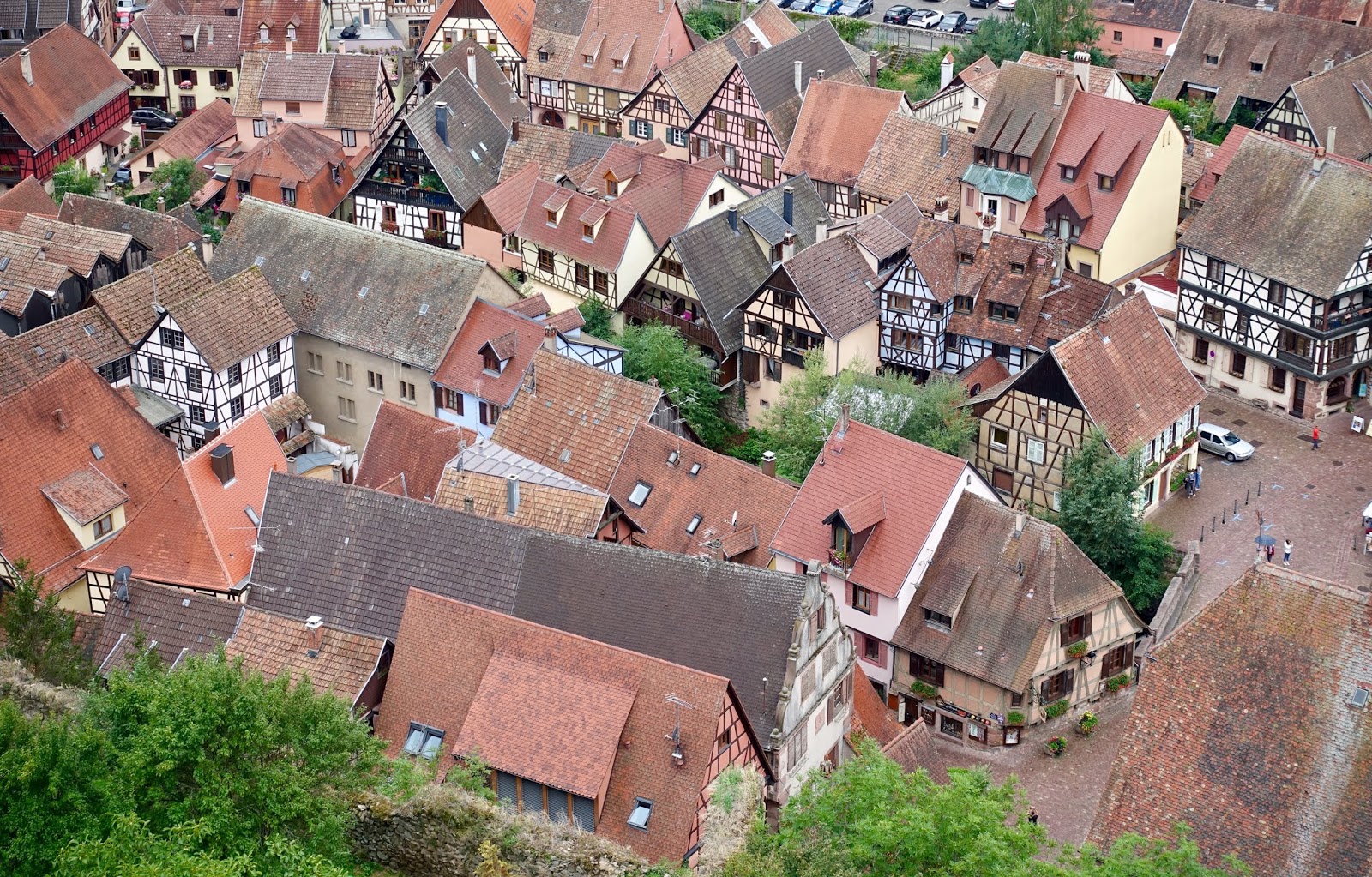
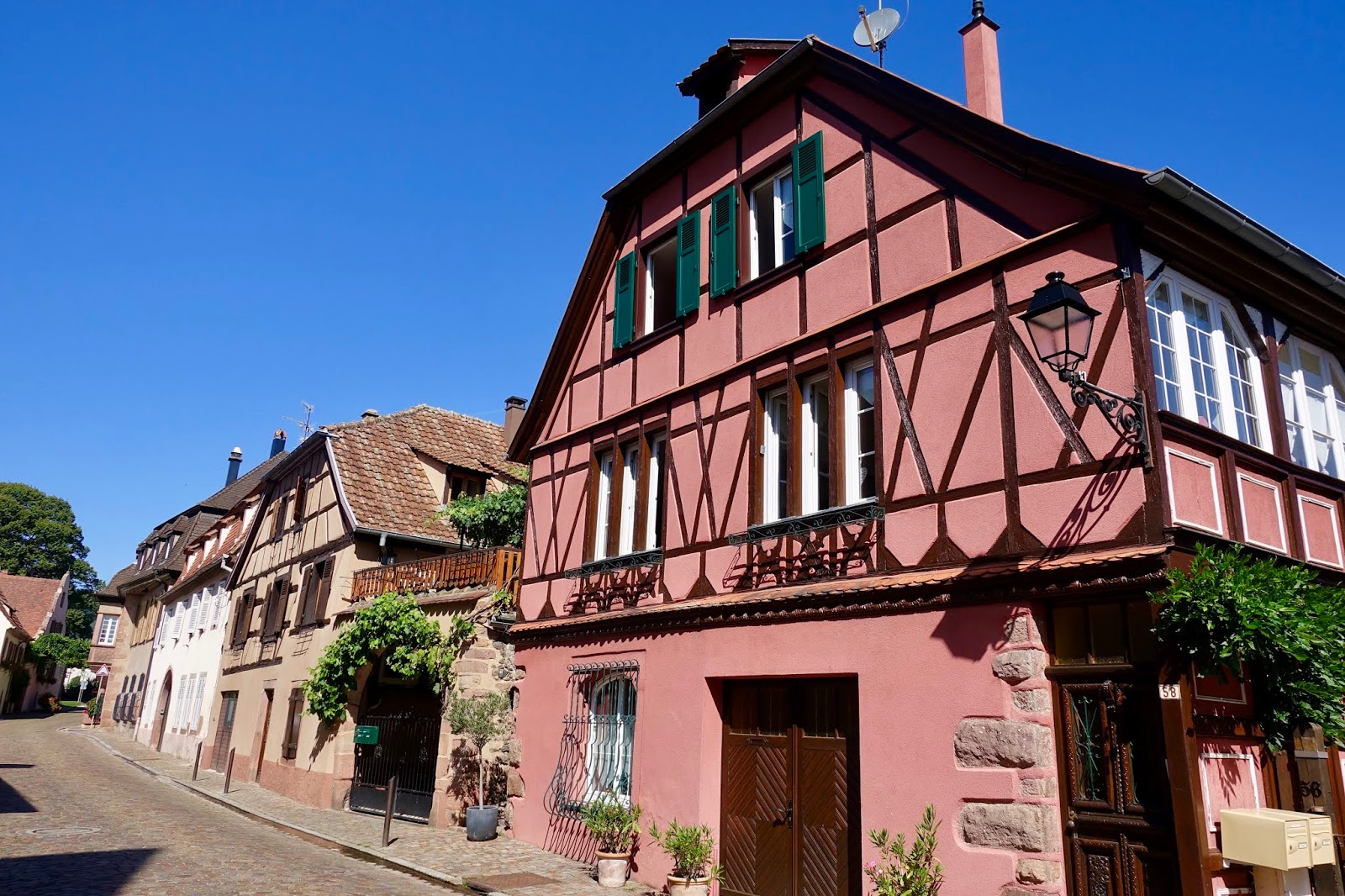
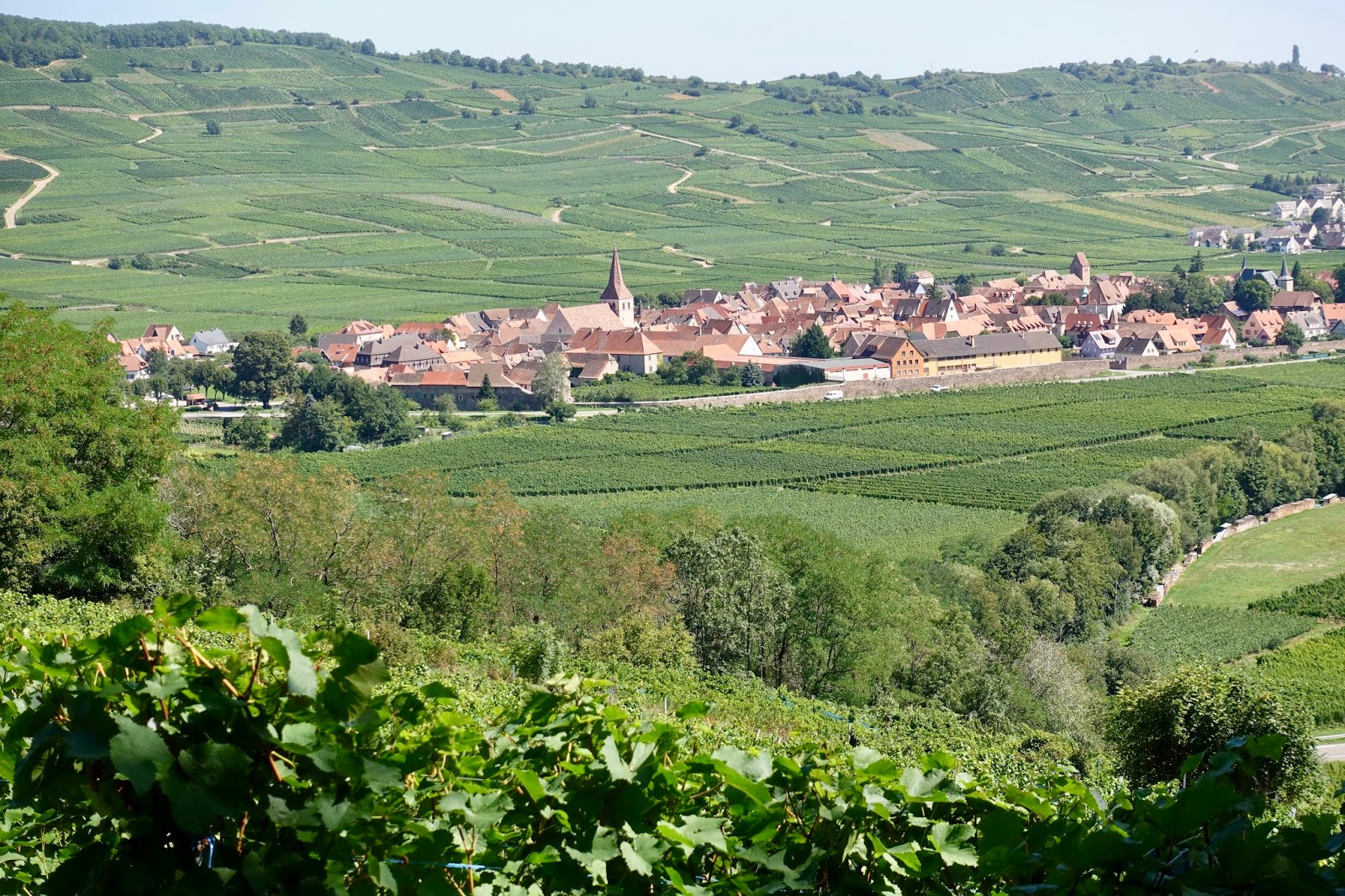

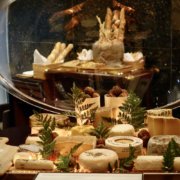
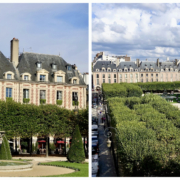
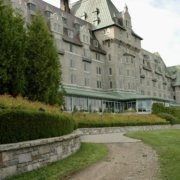
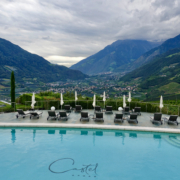
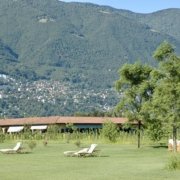
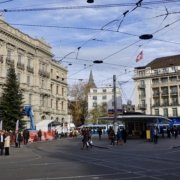


So beautiful!
Yes, it is a dreamy location indeed, certainly worth a visit!